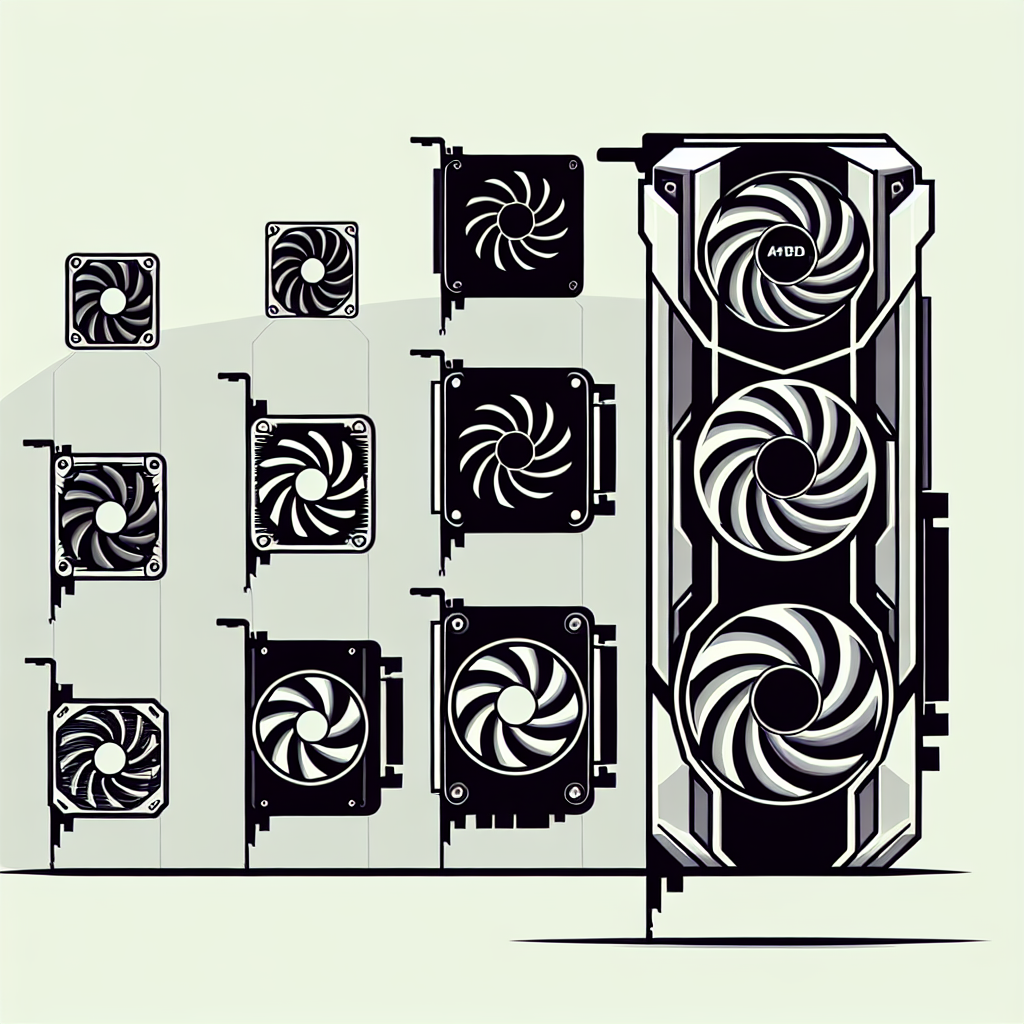Advanced Micro Devices (AMD) has been a major player in the graphics card market for decades, consistently challenging its rival, Nvidia, with innovative technology and competitive pricing. Over the years, AMD has evolved its Radeon graphics cards to keep up with the demands of modern gaming and content creation.
The Radeon brand was first introduced in 2000, and since then, AMD has released a series of graphics cards under this banner. The early Radeon cards were known for their excellent performance and value, making them a popular choice among gamers on a budget. As technology advanced, AMD continued to improve its Radeon cards, introducing features like DirectX 11 support, Eyefinity multi-monitor technology, and FreeSync adaptive sync technology.
In 2016, AMD made a significant leap forward with the release of its Polaris architecture, which powered the Radeon RX 400 series. These cards offered impressive performance at an affordable price point, making them a favorite among budget-conscious gamers. The Polaris architecture was also the first to support virtual reality gaming, further solidifying AMD’s position in the market.
In 2017, AMD introduced its Vega architecture, which powered the Radeon RX Vega series of graphics cards. These cards offered even better performance than the Polaris cards, making them a strong competitor to Nvidia’s high-end offerings. The RX Vega cards were particularly popular among gamers and content creators who needed a powerful GPU for demanding tasks.
Most recently, AMD launched its Navi architecture in 2019, which powers the Radeon RX 5000 series of graphics cards. The Navi architecture marked a significant step forward for AMD, offering improved performance, efficiency, and features compared to its predecessors. The RX 5000 series cards are known for their excellent performance in both gaming and content creation, making them a popular choice among enthusiasts.
Looking ahead, AMD is set to release its next-generation RDNA 2 architecture, which will power the upcoming Radeon RX 6000 series of graphics cards. These cards are expected to offer even better performance and features, further solidifying AMD’s position as a major player in the graphics card market.
Overall, the evolution of AMD graphics cards from Radeon to Navi has been a testament to the company’s commitment to innovation and performance. With each new generation of cards, AMD has continued to push the boundaries of what is possible in terms of gaming and content creation, cementing its place as a key player in the industry.


Leave a Reply